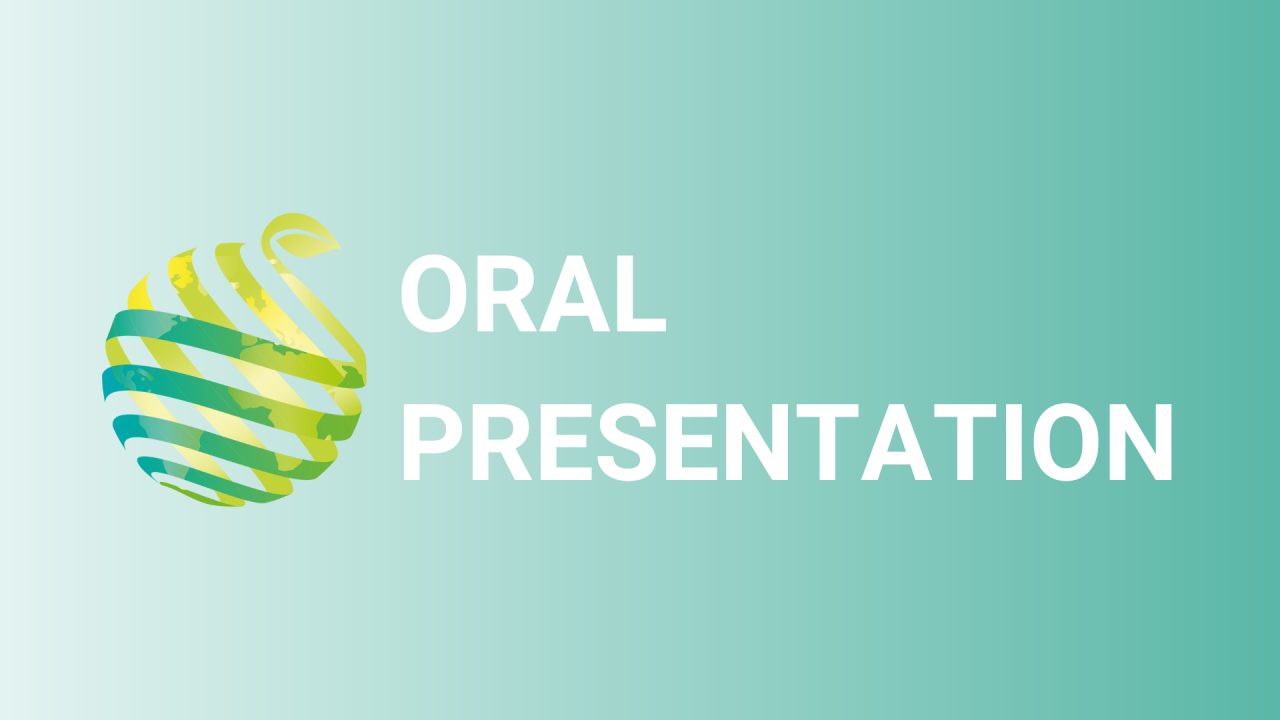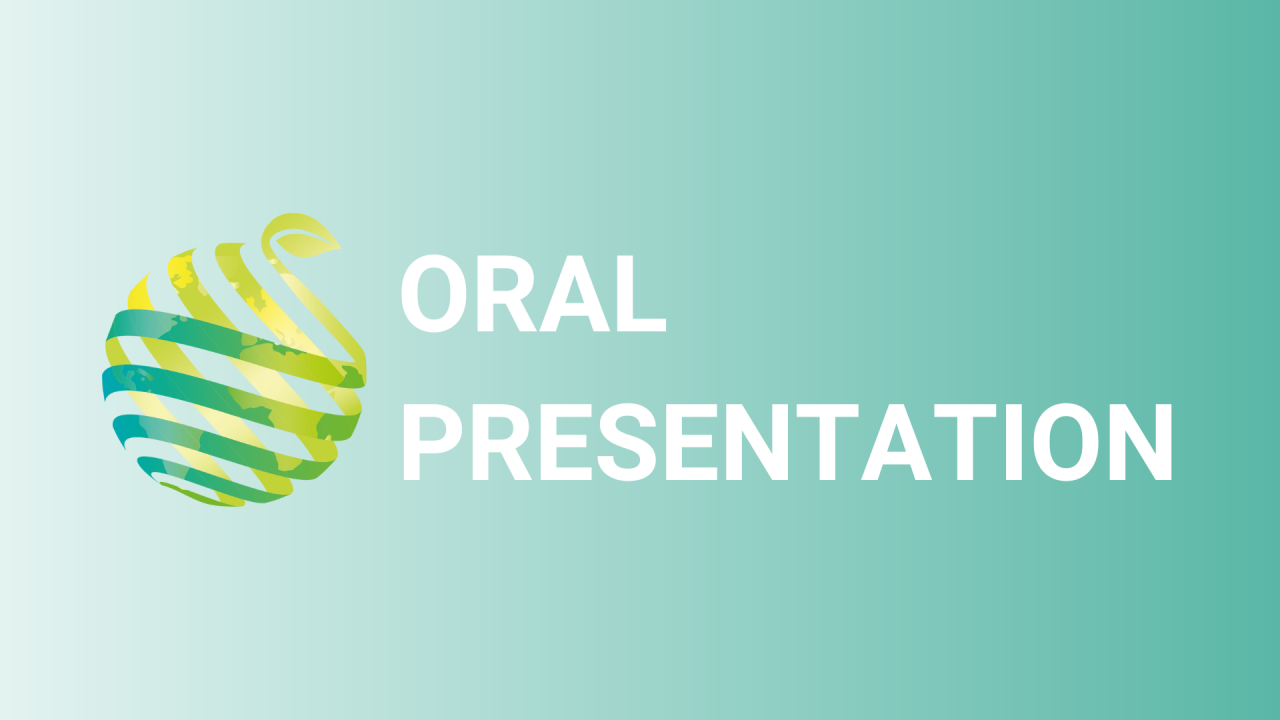

S16 - Session O1 - Controlling cider apple harvest maturity and pre-harvest drop with aminoethoxyvinylglycine, 1-naphthaleneacetic acid, and ethephon
Information
Authors: Gregory Peck *
Many of the European cider cultivars that are highly sought after by the emerging hard cider [fermented apple (Malus ´domestica Borkh.) juice] industry in the United States have a tendency for non-uniform fruit ripening and considerable pre-harvest fruit drop. This is a barrier to mechanically harvesting fruit directly off of the tree, such as what would be needed to use an "over-the-row" style harvester. Our research aims to further the viability of mechanical harvesting as a production practice for U.S. cider apple growers by, 1) identifying cider apple cultivars suitable to mechanical harvesting and 2) managing harvest maturity and pre-mature fruit drop. Six treatments were tested at two orchards in Wayne County, New York in 2018 and 2019 to study the effects of plant growth regulators (PGRs) on pre-harvest drop and uniform ripening in cider apples. The treatments included, 1) untreated control, 2) aminoethoxyvinylglycine (AVG) applied 4 and 2 weeks before harvest (WBH), 3) 1-naphthaleneacetic acid (NAA) applied 4 and 2 WBH, 4) ethephon applied 1 WBH, 5) AVG applied 4 and 2 WBH, plus ethephon applied 1 WBH, and 6) NAA applied 4 and 2 WBH, plus ethephon applied 1 WBH. All PGRs were applied at the highest recommended rate according to the product labels. Cultivars tested in 2018 included, 'Binet Rouge', 'Brown Snout', 'Chisel Jersey', 'Golden Russet', and 'Harry Masters Jersey'. In 2019, we tested 'Binet Rouge', 'Dabinett', 'Chisel Jersey', and 'Harry Masters Jersey', 'Kingston Black', and 'Porter's Perfection'. There were few differences among treatments in fruit size or juice quality attributes, such as soluble solid concentration, titratable acidity, or total polyphenols for the cultivars tested in either year of this study. This study demonstrates that both NAA and AVG could control pre-harvest drop of European cider apple cultivars, though responses were cultivar specific. Additionally, ethephon successfully caused a significant amount of fruit drop in most of the studied cultivars. For many of cultivars we tested, either AVG or NAA applications followed by an ethephon application minimized pre-harvest drop until ethephon was applied. Through this work, we are developing cultivar specific recommendations for controlling pre-harvest fruit drop to allow for more efficient harvesting practices.